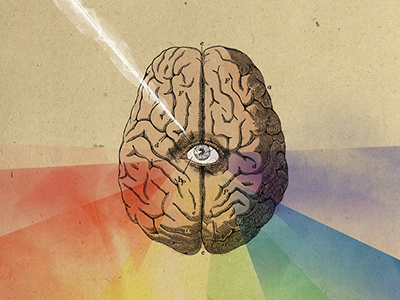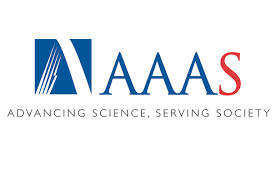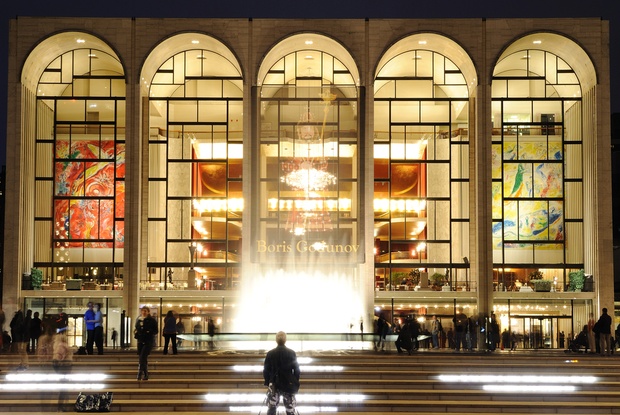
“The Art and the Brain conference aims to encourage an interdisciplinary discussion between archaeologists, neurophysiologists and artists to develop current understandings and interpretations of non-verbal communication and the development of art in prehistory. Recent developments in the fields of neurophysiology and neuroaesthetics have highlighted the limitations, capacities and facilities of the brain with respect to our perception and cognition.”
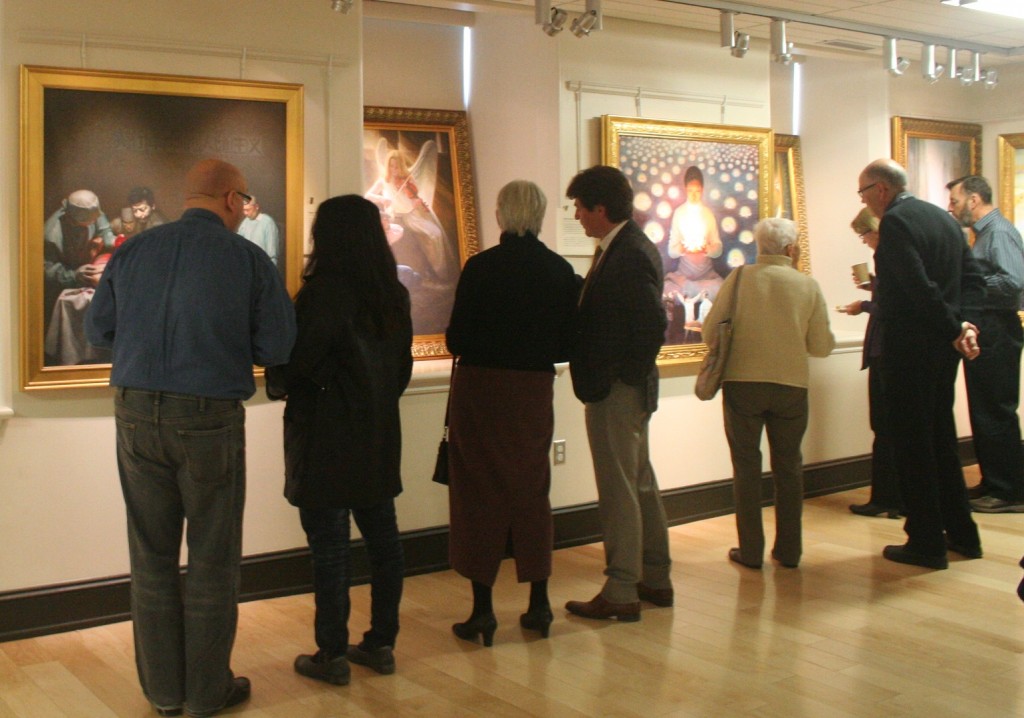
“Embodied cognition is “the sense of drawing you in and making you really feel the quality of the paintings,” Tyler explained. For example, viewers appreciate Botticelli’s painting “The Birth of Venus” because it makes them feel as though they are floating in with Venus on the seashell. Similarly, viewers can feel the flinging of the paint on the canvas when appreciating a drip painting by Jackson Pollock.”

“Creative placemaking not only lifts up a neighborhood physically with murals and sculpture and investments in artist housing, galleries and theaters, it helps strengthen the local economy, as eye-catching storefronts, new cultural activities and intriguing installations bring in customers and attract new businesses. It increases a sense of community identity and local pride. It can make a neighborhood a more interesting, livable place.
But most importantly arts and culture are a powerful force that help shape a neighborhood’s narrative — telling the story of what kind of place it is, changing its reputation and its trajectory.”
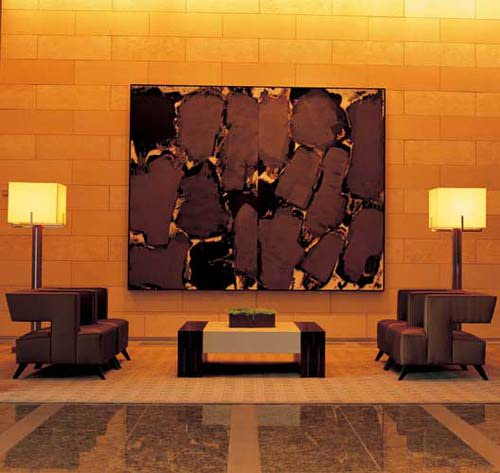
“Shining a spotlight on art and cultural relationships and business provides a better understanding between people of diverse nations. The quest for better communications through the arts help define businesses. By associating with the arts, businesses have discovered that their brands are enhanced and increase their reach and in the end their profitability.”

“The activities of the arts and culture sector and local economic vitality are connected in many ways. Arts, culture, and creativity can
-improve a community’s competitive edge
-create a foundation for defining a sense of place
-attract new and visiting populations
-integrate the visions of community and business leaders
-contribute to the development of a skilled workforce”

“Hospitals are turning to art as part of a broader push to create a healing environment as studies show that visual art can help reduce stress for patients and increase satisfaction with care. Dr. Iva Fattorini and Jennifer Finkel, who are both involved with art at the Cleveland Clinic, discuss on Lunch Break with Tanya Rivero.”

“The experience of art in whatever form has long been characterized as pleasurable both to the senses and to the intellect (Dutton, 2009).
These findings are consistent with our hypothesis, leading us to propose that the appeal of visual art involves activation of reward circuitry based on artistic status alone and independently of its hedonic value.”

“Placemaking is the art of developing a public space that attracts people. In the process, it almost always pays economic dividends back to the community.”
“Places that incorporate local heritage and artists attract more tourists, and residents feel a stronger connection to such places. The Arts and Economic Prosperity III report from Americans for the Arts states that annual support in the arts generates a 7:1 return.”

“Communities with visible, thoughtful public art thrive because people want to be there. Public art invigorates our sense of place and excites us about where we are. In turn, art bolsters civic fundamentals: pride, economic growth and population retention.”
-OKC artist Romy Owens makes case for further investments in public art.
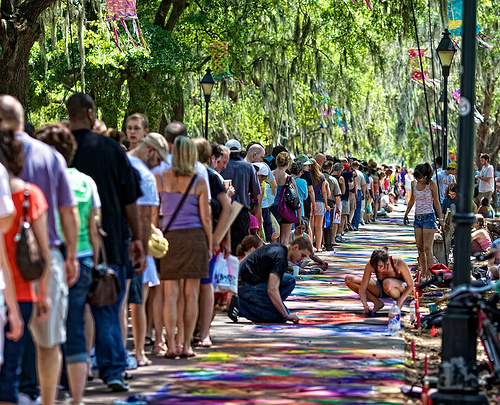
“The arts give people a creative voice, a path to leadership, a way to express shared values, and to create a shared experience working together toward meaningful outcomes. There is consensus among social scientists, historians, educators, and activists that it is exactly these kinds of experiences that helps to build community. Working in and through the arts becomes another way to help people meet the economic, ecological and social challenges of the future.”
